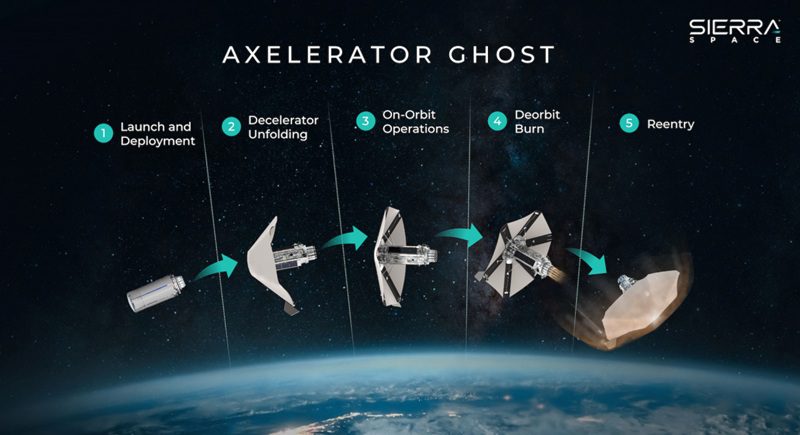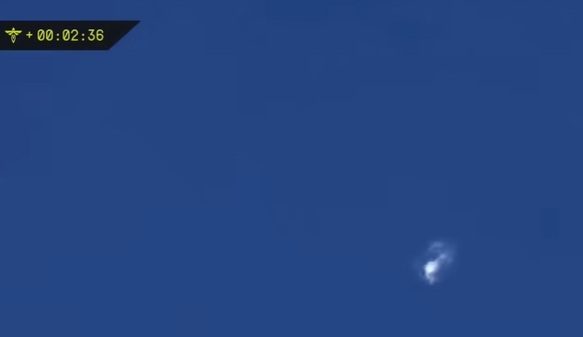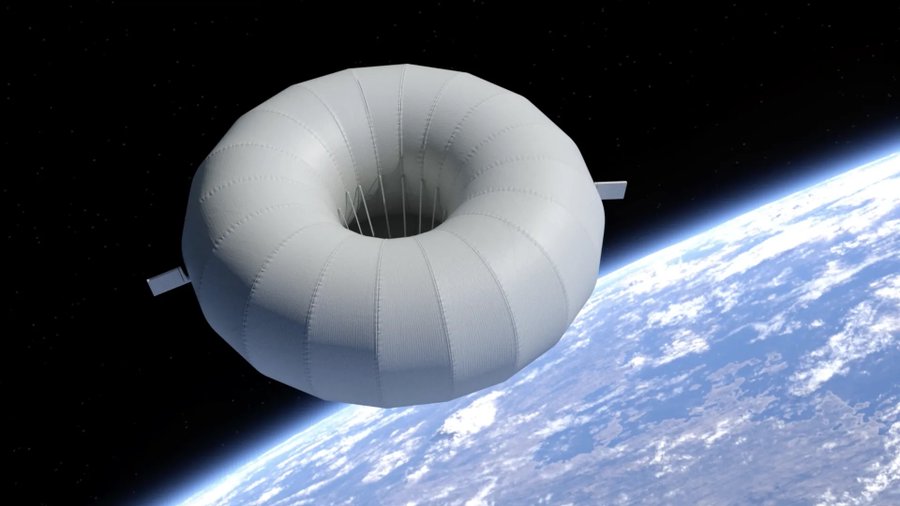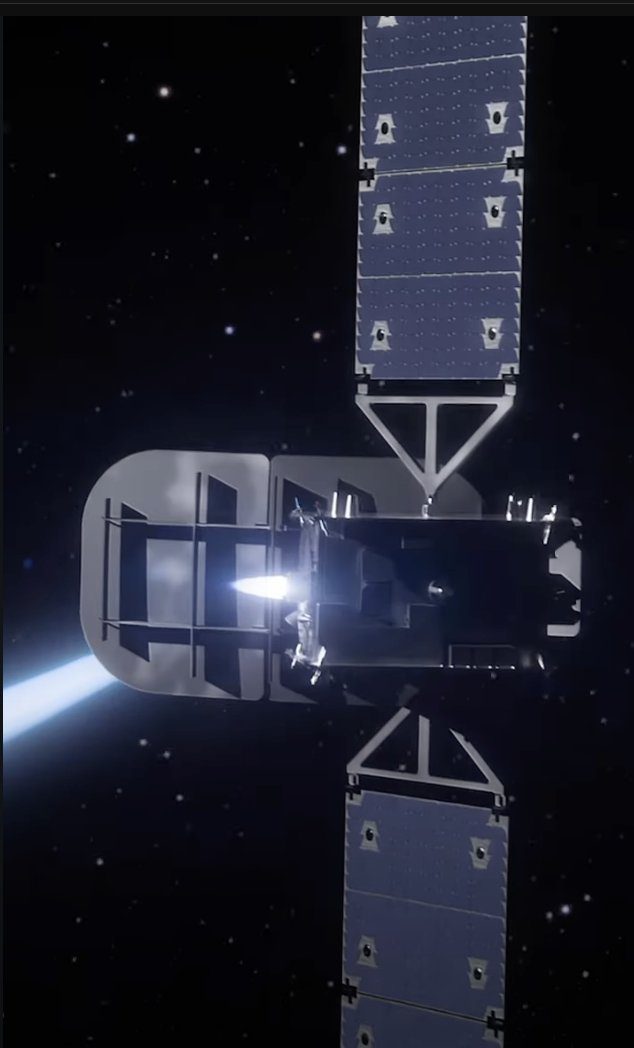Launching at 1444 GMT on 21 February a SpaceX Falcon 9 rocket has carried 46 Starlink satellites to LEO (Low Earth Orbit). The mission took place from Cape Canaveral, the USA, and was launched into a south-easterly direction. The launch carried three satellites fewer than previous Starlink launches, and the satellites were thus able to achieve higher target deployment orbit. These satellites were deployed into a circular orbit at approximately 330 km which was inclined at 53.2 degrees.
This change was made following the loss of most of the payloads of the previous Starlink mission following the launch on 3 February to a much lower deployment orbit (210 km perigee). The coincidence of a high solar activity increasing atmospheric density is thought to have resulted in the spacecraft losing control and not having enough time to be recovered in order to raise their orbits before they decayed. From their now higher deployment orbit this batch of satellites will now go on to raise themselves to their operational orbit.
In addition to deploying its satellites, this latest launch mission also saw its first-stage successfully land on a drone barge located in the vicinity of the Bahamas. This was the barge A Shortfall of Gravitas and the first-stage is known as B1058 which was landing for the 11th time.
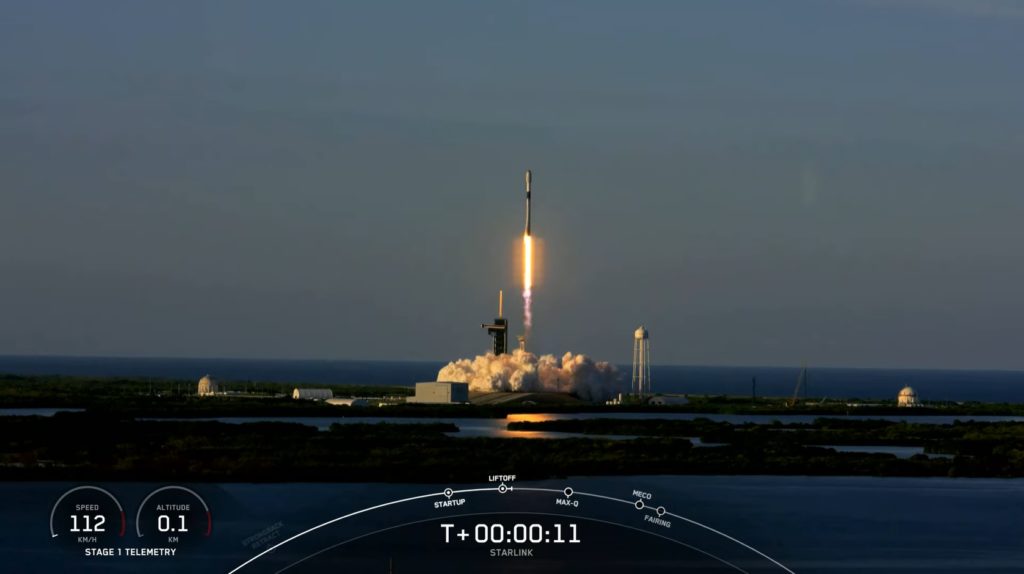
The Falcon 9 vehicle lifts-off carrying its 46 payloads to orbit. Courtesy of SpaceX via YouTube
Satellite Vu
In a separate development, the British newspace company Satellite Vu announced it has signed up for a slot on a SpaceX rideshare mission in 2023, on 21 February. The firm expects that its “world’s highest resolution thermal imaging” equipped satellite will be included on a Transporter mission in “early 2023”.

